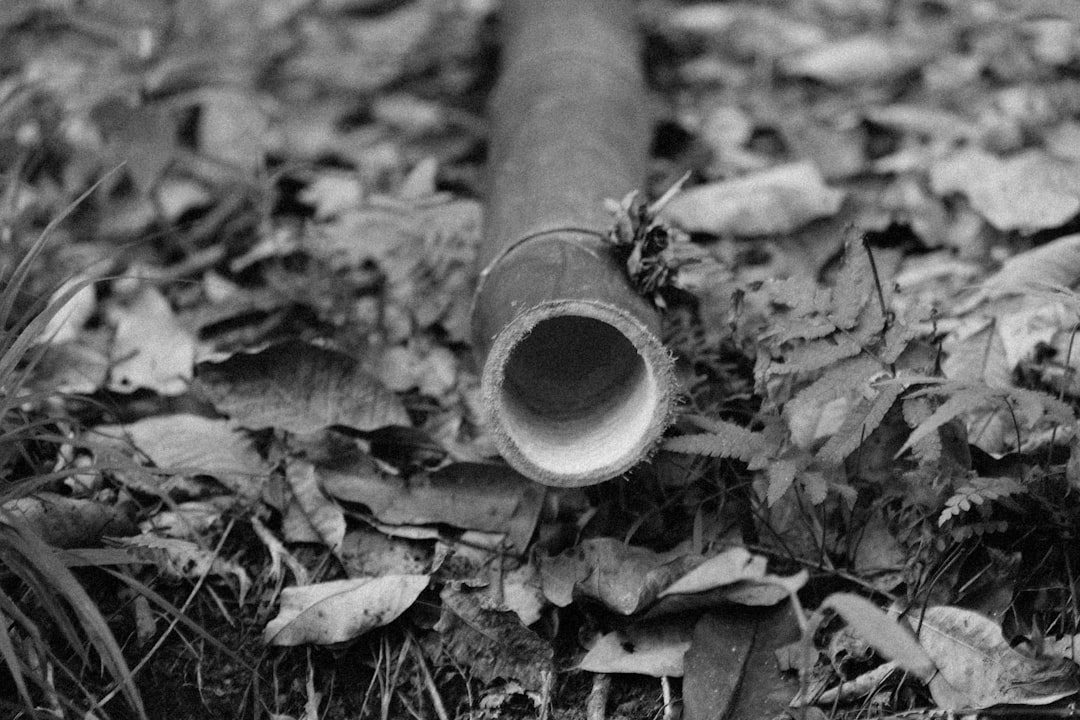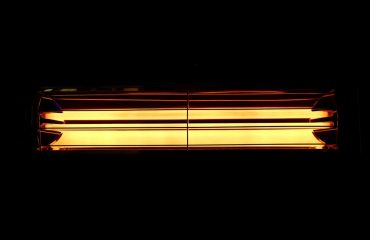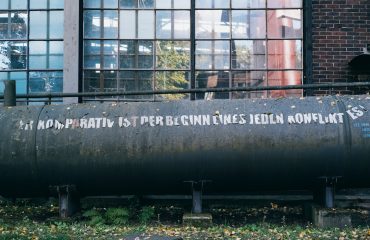body {
font-family: sans-serif;
line-height: 1.6;
}
h1, h2, h3 {
color: #333;
}
h1 {
font-size: 2.5em;
}
h2 {
font-size: 2em;
}
h3 {
font-size: 1.5em;
}
Electric Resistance Welded (ERW) pipes are ubiquitous in various industries, owing to their robust construction, cost-effectiveness, and versatility. This comprehensive guide delves into the intricacies of ERW pipes, exploring their manufacturing process, diverse applications, advantages, limitations, and future prospects. Whether you’re an engineer, contractor, or simply curious about steel piping systems, this post will provide valuable insights.
The ERW Pipe Manufacturing Process: From Coil to Completed Pipe
The creation of an ERW pipe is a fascinating blend of precision engineering and high-temperature metalworking. The process begins with a coil of steel sheet, typically ranging from 0.5mm to 25mm in thickness. This coil is then fed into a forming mill where it’s gradually shaped into a cylindrical form. The edges of the steel sheet are precisely aligned and brought together, creating a seam. This seam is then welded using electric resistance, a process that generates heat through the passage of an electric current. This heat fuses the edges of the steel, creating a continuous, strong weld. The welded pipe then undergoes various quality control checks, including dimensional inspections and non-destructive testing (NDT) to ensure structural integrity. Finally, the pipe is cut to the desired length and can undergo further processing like coating or galvanization.
Diverse Applications of ERW Pipes: Across Industries and Sectors
The versatility of ERW pipes makes them ideal for a wide range of applications. Their strength and durability allow them to withstand high pressures and temperatures, making them suitable for:
- Oil and Gas Industry: ERW pipes are crucial in transporting crude oil, natural gas, and refined petroleum products over long distances. Their resistance to corrosion is enhanced through protective coatings.
- Construction and Infrastructure: Used extensively in building construction for water supply, drainage, and structural support. They are also employed in large-scale projects like pipelines and bridges.
- Automotive Industry: ERW pipes find applications in exhaust systems and chassis components, offering a balance of strength and lightweight design.
- Agriculture: Irrigation systems rely heavily on ERW pipes due to their ability to withstand pressure and resist corrosion from water and fertilizers.
- Manufacturing and Industrial Processes: Used in conveying fluids, gases, and solids in various industrial processes. Their customization options allow for specific applications.
Advantages of ERW Pipes: Why They’re a Preferred Choice
The popularity of ERW pipes stems from several key advantages:
- Cost-Effective: Compared to other pipe manufacturing methods, ERW is generally more economical, resulting in lower project costs.
- High Strength-to-Weight Ratio: ERW pipes offer excellent strength and durability while maintaining a relatively light weight, facilitating easier handling and transportation.
- Precise Dimensions: The manufacturing process allows for tight tolerances, ensuring consistent dimensions and simplifying installation.
- Long Service Life: With proper maintenance and protective coatings, ERW pipes can offer a long lifespan, minimizing replacement costs.
- Versatile Sizes and Specifications: ERW pipes are available in a wide range of diameters, wall thicknesses, and lengths, allowing for customization to specific project requirements.
Limitations of ERW Pipes: Understanding the Drawbacks
While ERW pipes possess many advantages, it’s essential to acknowledge their limitations:
- Weld Quality: The quality of the weld is critical to the overall strength of the pipe. Imperfect welds can compromise structural integrity, requiring stringent quality control measures.
- Surface Finish: The surface finish of ERW pipes might not be as smooth as seamless pipes, potentially affecting applications requiring a high-quality finish.
- Susceptibility to Corrosion: While protective coatings mitigate this, ERW pipes, like other steel pipes, are susceptible to corrosion if not properly treated.
- Limited Diameter Range: While versatile, ERW pipes are generally limited in maximum diameter compared to other pipe manufacturing methods.
The Future of ERW Pipes: Innovations and Advancements
The ERW pipe manufacturing process is continually evolving, with ongoing innovations aimed at improving efficiency, strength, and sustainability. Advanced welding techniques, improved quality control processes, and the use of higher-strength steel alloys are enhancing the performance and longevity of ERW pipes. Research into corrosion-resistant coatings and eco-friendly manufacturing processes is also shaping the future of this vital material. The integration of automation and robotics is streamlining production, leading to greater precision and reduced production time. The increasing demand for sustainable infrastructure and resource management will further drive innovation in the ERW pipe industry, leading to more efficient and environmentally friendly solutions.
In conclusion, ERW pipes represent a crucial component in numerous industries. Understanding their manufacturing process, applications, advantages, and limitations is essential for engineers, contractors, and anyone involved in projects utilizing steel piping systems. The ongoing advancements in manufacturing and material science ensure that ERW pipes will continue to play a vital role in shaping our infrastructure and industrial processes for years to come.




